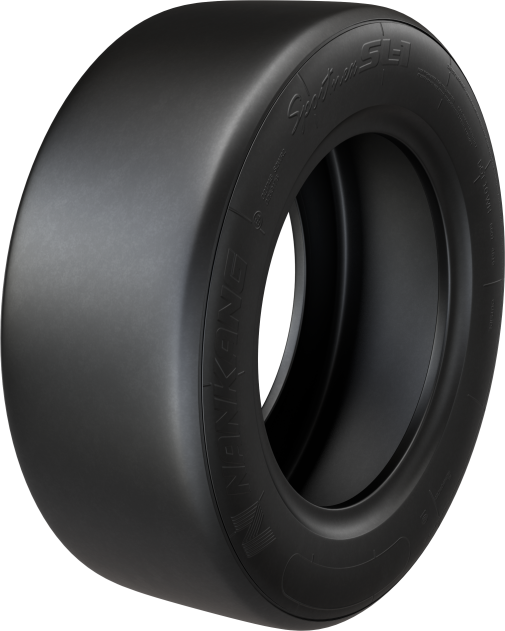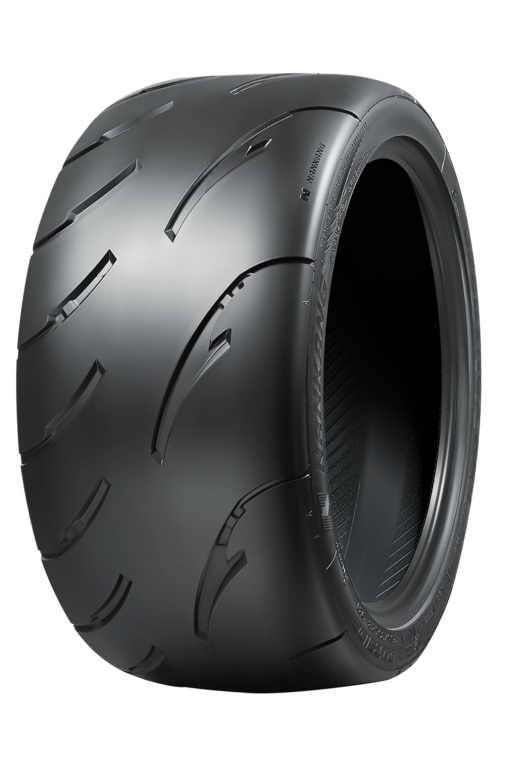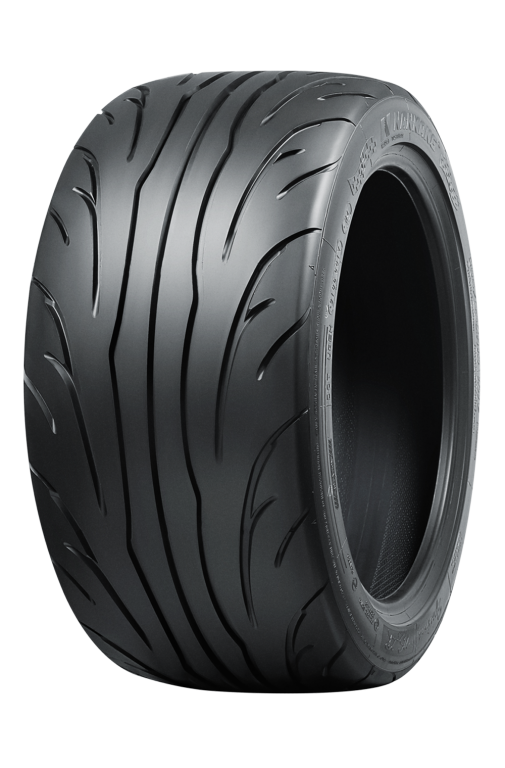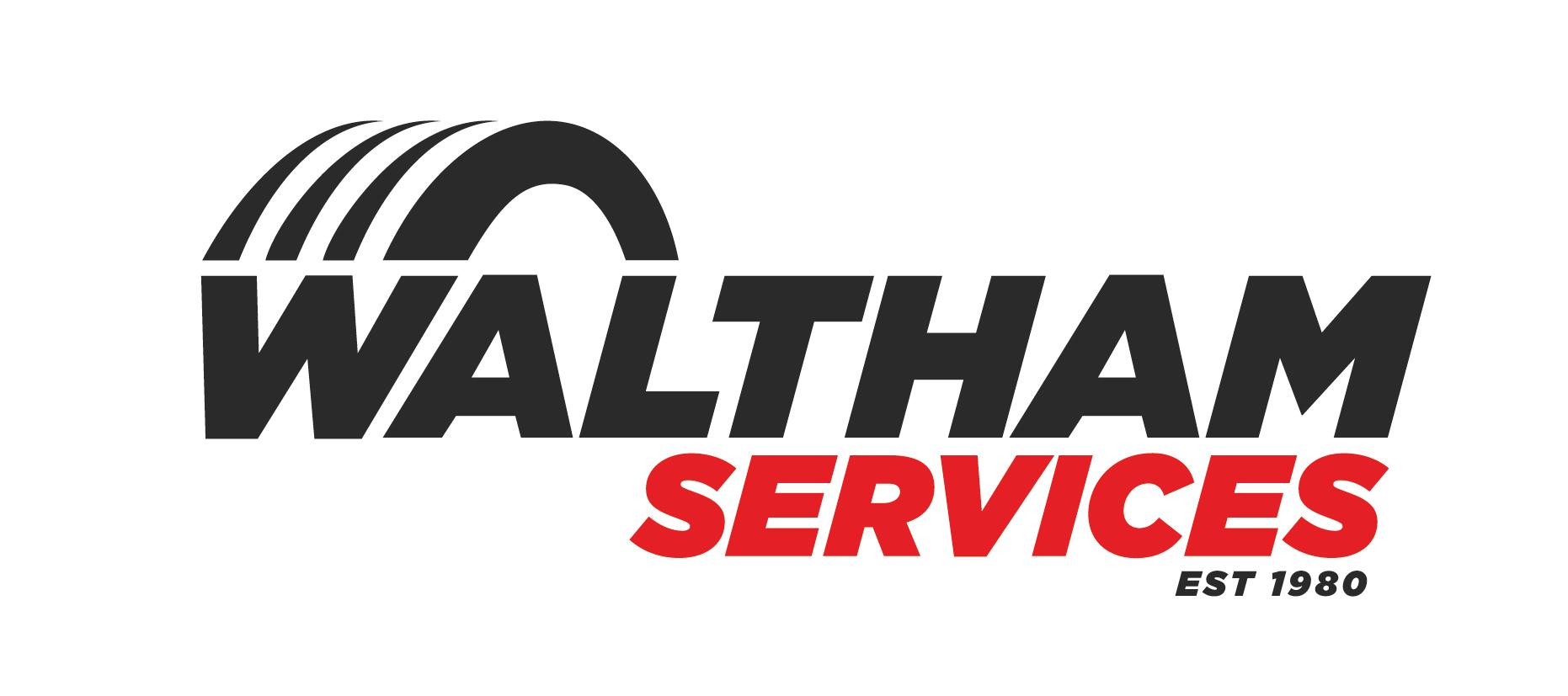Nankang - the informed tyre choice for optimum performance and longevity
Comprehensive Range
Whatever your kind of motoring and whatever you drive, there’s the right tyre in the right size, for you in the Nankang range. For mile after mile of comfort, for exceptional economy, for sporting performance on or off-road - in summer or winter, Nankang delivers.
Design Integrity
Always ensuring the right tyre choice for every requirement, underpins Nankang design philosophy. Over 60 years of experience in tyre design, research and manufacturing capability, to deliver proven performance in every Nankang tyre.
Assured Quality
Endorsement of Nankang quality includes Ford Motor Company Q1 certificate (1987 and 1995), E-MARK certificate (1991), ISO 9001 certificate (1994), QS -9000 certificate (1998), ISO/TS 16949 certificate (2001), Taiwan Excellence award (2012) and AMPA Innovation Award 2 for ECO-2 (2013).
Environmentally Committed
Nankang’s extensive commitment to environmental issues includes the adoption of raw materials formulated to international lower pollution emissions regulations, oil-free compounds in manufacturing processes, additives to prolong tyre life and reduction of rolling resistance in production tyres.
Driving Satisfaction
The Nankang philosophy ensures genuine driver satisfaction whatever the vehicle or journey. Choosing the Nankang tyre that fits your requirement has never been easier, thanks to the massive, comprehensive size range – look for the size graphic throughout the site.
*NEW*MOTORSPORT
// CR-S


Nankang CR-S is an Extreme Performance summer tyre with 200TW specifically designed for Club Racers participating in Autocross, TimeAttack, HPDE & Circuit Racing.
CR-S's asymmetric tread design is engineered specifically to increase rigidity to provide extreme levels of grip while providing direct steering response.
The aramid reinforced sidewall provides precise and responsive handling while providing consistent performance.
We have been developing this tyre for the last 3 years with extensive testing with a clear goal to make this tyre a step up from the already successful AR-1 tyre. The CR-S is designed to be a faster tyre than AR-1 but also a more consistent tyre as well. Furthermore, it is also designed to be even more road user friendly with better driving comfort, lower noise & better in wet conditions than the AR-1. It’s a big challenge to make the car faster on track and at same time also better in overall road use but after lots of trial and error, we are finally ready to launch it in 2024 in UK & Europe.
Nankang CR-S – User Advice & Scrubbing In:
For most purposes, racing tyres will benefit from an appropriate ‘scrubbing in’ procedure. This provides the best combination of performance and longevity under race conditions.
There are several difficulties that arise when using racing tyres if they are not scrubbed in prior to use. The most common is “Cold Graining”, where the layer of the tread compound in contact with the track, fails in shear with the layer below. The result is a very visible low frequency, high amplitude rippling effect. This is more common with new tyres particularly when used in wet, damp or greasy conditions.
Nankang Motorsport recommends that a standard scrubbing in procedure be used whenever possible (conditions and regulations allowing). This consists of subjecting the tyres through one gentle heat cycle, gradually loading them up whilst avoiding drifting the car. Set cold air pressure at an adequate psi to handle the weight of the car. On track, gradually increase speed subsequently for a minimum three to four laps, with the first lap at 50%-60% of normal usage, gradually increasing but not to exceed 85% capacity with a cool down lap by the end of the session. This will result in a much-improved tire life and on track performance for future sessions.
If possible, scrub in at least one new set of tyres during free practice and put these aside for the race. In this way you will know that they have been balanced correctly, and have no slow punctures etc. Getting this done early is important as the qualifying session may become wet or be red flagged, which could force the use of new tyres in a race.
It should be noted that there is always going to be a slight performance peak from new tyres, but it will only be possible to take advantage of this if the car is balanced on its tyres. A correctly scrubbed in set of tyres will always give more consistent performance over its lifetime than a set that has been used hard from new, even if it hasn’t grained.
Temperature Operating Range: 70°C – 100°C Tread Temperature Delta (Inside to Outside shoulder): Max 20°C Measuring tyre tread temperatures can be a useful tool for optimising the handling balance of a vehicle. Nankang recommend measuring the temperature at three points across the width of the tyre contact patch (inside, middle and outer). The quoted values for temperature operating range are when using a needle style pyrometer and recording temperature at the base of the tread. The inside shoulder temperature should be hotter than the outside shoulder. Surface temperature readings will be approx. 30°C lower but can be used as a guide.
MOTORSPORT
Race proven track performance
The AR-1 and NS-2R have been selected for multiple championships as control tyres including:
Nankang Tyre BMW Compact Cup
Nankang Tyre City Car Cup
Civic Challenge
Focus Cup
BMW116i Trophy
Peugeot 206 GTi Cup
MaX5
Classic VW Cup
As well as multiple open tyre series such as 750MC Club Enduro, Time Attack, BMWCCR, CSCC New Millenium
New for 2021 is the SL-1 a full slick for track use only. This has been tried and tested over at the Nurburgring
The CR-1 is due February 2024 and is looking to shake up the 200TW market
Nankang CR-S, AR-1 & NS-2R – User Advice &Scrubbing In
For most purposes, racing tyres will benefit from an appropriate ‘scrubbing in’ procedure. This provides the best combination of performance and longevity under race conditions.
There are several difficulties that arise when using racing tyres if they are not scrubbed in prior to use. The most common is “Cold Graining”, where the layer of the tread compound in contact with the track, fails in shear with the layer below. The result is a very visible low frequency, high amplitude rippling effect. This is more common with new tyres particularly when used in wet, damp or greasy conditions.
Nankang Motorsport recommends that a standard scrubbing in procedure be used whenever possible (conditions and regulations allowing). This consists of subjecting the tyres through one gentle heat cycle, gradually loading them up whilst avoiding drifting the car. Set cold air pressure at an adequate psi to handle the weight of the car. On track, gradually increase speed subsequently for a minimum three to four laps, with the first lap at 50%-60% of normal usage, gradually increasing but not to exceed 85% capacity with a cool down lap by the end of the session. This will result in a much-improved tire life and on track performance for future sessions.
If possible, scrub in at least one new set of tyres during free practice and put these aside for the race. In this way you will know that they have been balanced correctly, and have no slow punctures etc. Getting this done early is important as the qualifying session may become wet or be red flagged, which could force the use of new tyres in a race.
It should be noted that there is always going to be a slight performance peak from new tyres, but it will only be possible to take advantage of this if the car is balanced on its tyres. A correctly scrubbed in set of tyres will always give more consistent performance over its lifetime than a set that has been used hard from new, even if it hasn’t grained.
MOTORSPORT
// SL-1
// SL-1

The Nankang SL-1 is Nankang's first full slick tyre, developed from the ground up for serious motorsport and race use.
After many years of success with the semi-slick Nankang AR-1 in various motorsport championships to the track day enthusiast, the Nankang SL-1 is everything we have learnt over the years and have put this knowledge into a completely new full slick package.
Available in 4 sizes in medium compound for the beginning of 2021. 4 new sizes landed in 2023 meaning SL-1 now covers 13"-18"
Please note that this tyre is not road legal.
MOTORSPORT
// AR-1

The Nankang AR-1 is available in 12" to 21" with more sizes constantly being added.
The AR-1 is a faster, more refined track tyre, aimed at the track enthusiast who is hunting lap times.
With only one compound option and with all tyres being produced with 5.5mm tread depth, the AR-1 is positioning itself in amongst the greats of the track tyre market.
Used as a control tyre by championships like BMW 1 series SuperCup, Civic Challenge & Classic VW Cup as well as a podium winning tyre in open tyre series such as Tourismo X, BMWCCR and 750MC Club Enduro
As the Nankang range is ever evolving, the 2019 production 100TW tyres in 17" and above now contain a kevlar lining, this further increases stability and consistency. Designed to combat high intensity circuits such as Nurburgring and Spa.
The AR-1 has achieved EU tyre labelling giving it MSA List 1B approval
Optimum operating window 71-104 degrees celsius
Optimum camber settings between -1.0 to -3.0 degrees
HOT Pressure settings
<800kg 23 - 27.5psi
800-1000kg 24 - 32psi
1,000-1,400kg 27.5 - 37psi
1,400kg> 34 - 42psi
COLD Pressure settings
As above but use the highest stated figures by weight for your cold pressures. For example <800kg use 27.5 psi and work your way down after warm up laps.
Road Pressure settings
Use the car manufacturers guidelines.
When fitting, the yellow dot is the lightest part of the tyre so should be aligned with the valve stem on both aluminium and steel wheels to ensure that it is well balanced.
If you are having handling issues, please see the table below which may resolve your issue, remember to do this in small increments at a time
| To reduce Over steer | Reduce rear pressures or increase front pressures |
| To increase Over steer | Increase rear pressures or reduce front pressures |
| To reduce Under steer | Reduce front pressures or increase rear pressures |
| To increase Under steer | Increase front pressures or reduce rear pressures |

MOTORSPORT
// NS-2R

After multiple years of success in club motorsport across the UK and Europe, the NS-2R has found itself as a highly recommended track day tyre
As used over the years by championships such as: BMW Compact Cup, MaX5, Civic Cup, M3 Cup and in open tyre series
The NS-2R is not the fastest tyre on the grid however it is one of the most consistent performers, a true endurance option
NS-2R also boasts great wet performance so users have the confidence that the tyre will perform as well as a road tyre as it will on track
The NS-2R has achieved EU tyre labelling giving it MSA List 1B approval
NS-2R with "MOTORSPORT USE ONLY" are only for use on race/track/competition/closed road events. They are not EU labelled as they are a softer compound (120/100/80TW)
Optimum camber settings between -1.0 to -3.0 degrees
HOT Pressure settings
<800kg 23 - 27.5psi
800-1000kg 24 - 32psi
1,000-1,400kg 27.5 - 37psi
1,400kg> 34 - 42psi
COLD Pressure settings
As above but use the highest stated figures by weight for your cold pressures. For example <800kg use 27.5 psi and work your way down after warm up laps.
Road Pressure settings
Use the car manufacturers guidelines.
If you are having handling issues, please see the table below which may resolve your issue, remember to do this in small increments at a time
| To reduce Over steer | Reduce rear pressures or increase front pressures |
| To increase Over steer | Increase rear pressures or reduce front pressures |
| To reduce Under steer | Reduce front pressures or increase rear pressures |
| To increase Under steer | Increase front pressures or reduce rear pressures |
When fitting, the yellow dot is the lightest part of the tyre so should be aligned with the valve stem on both aluminium and steel wheels to ensure that it is well balanced.


